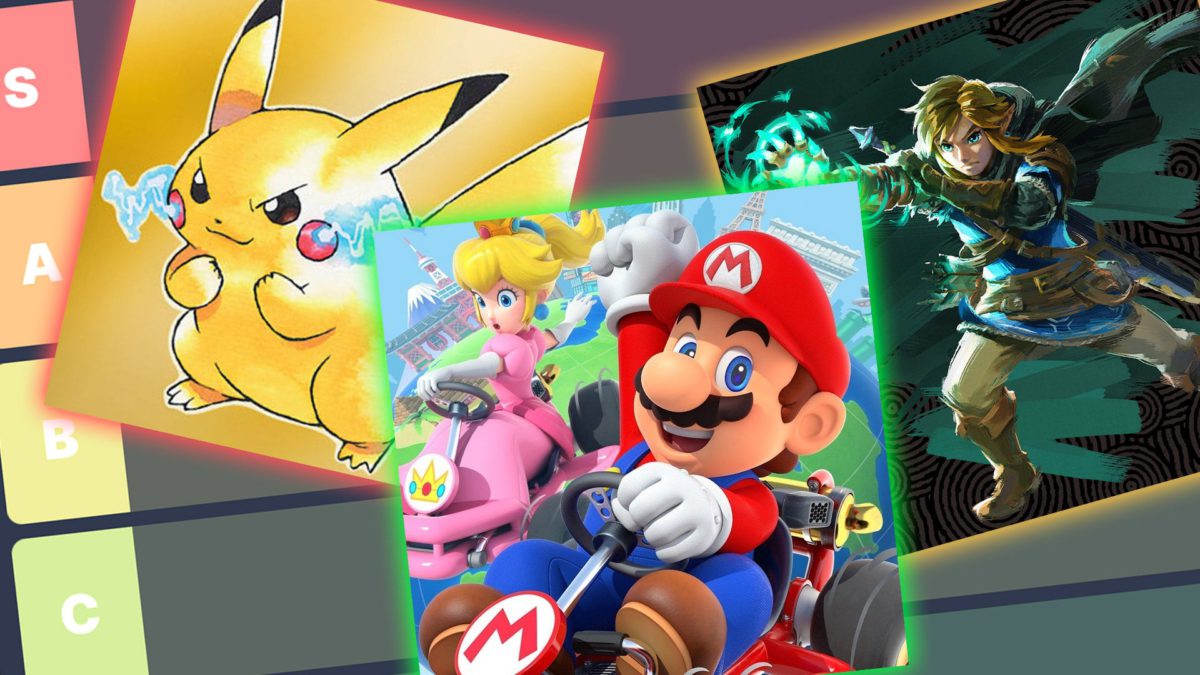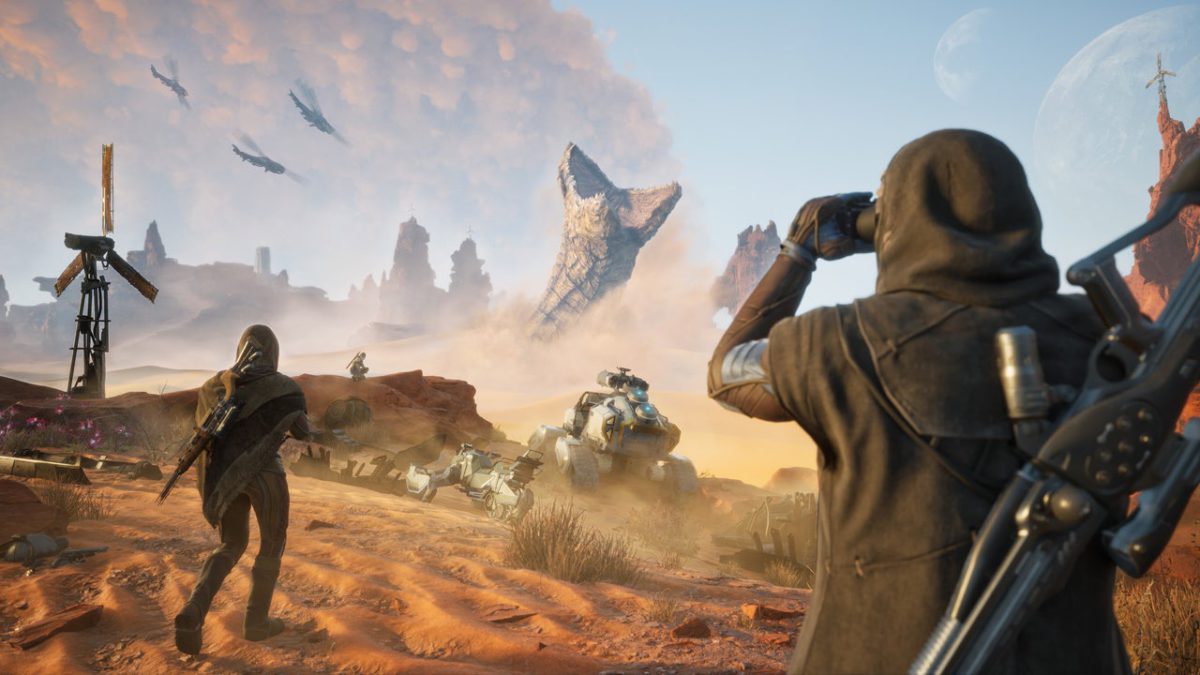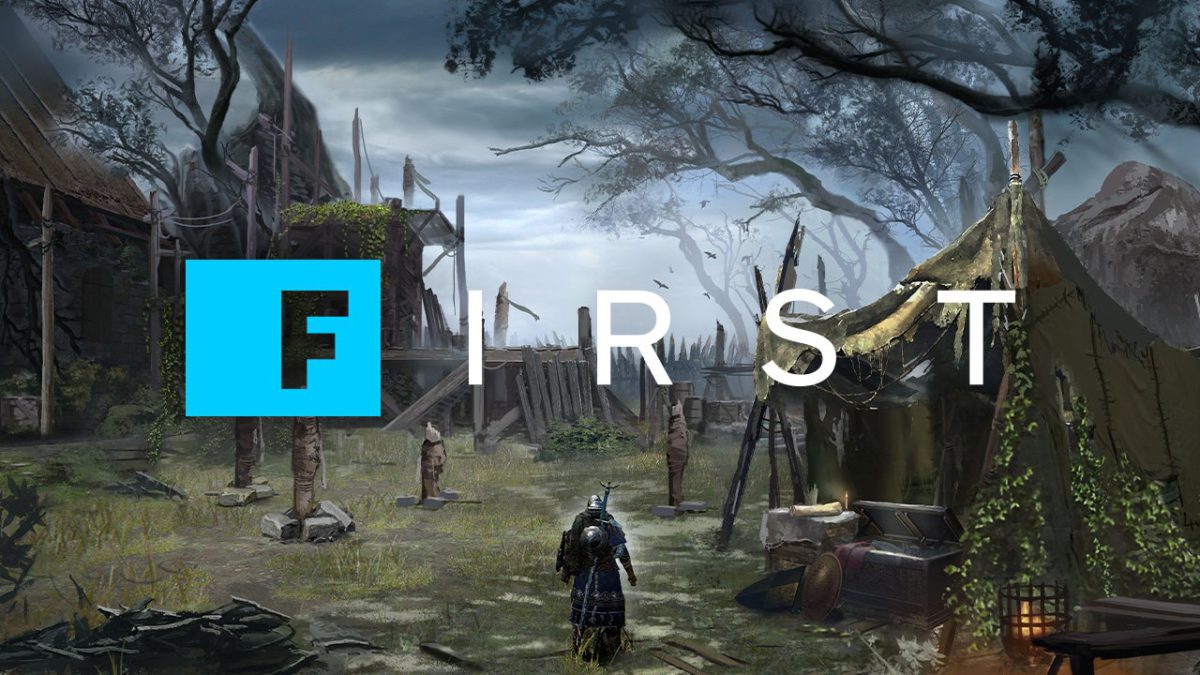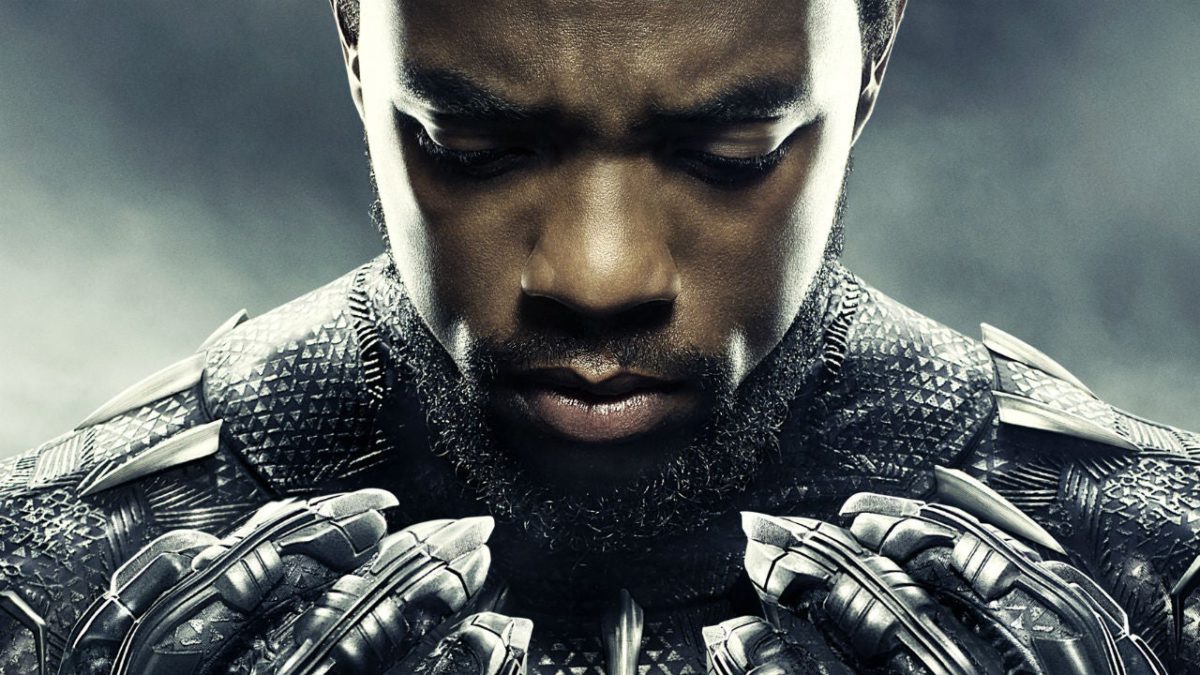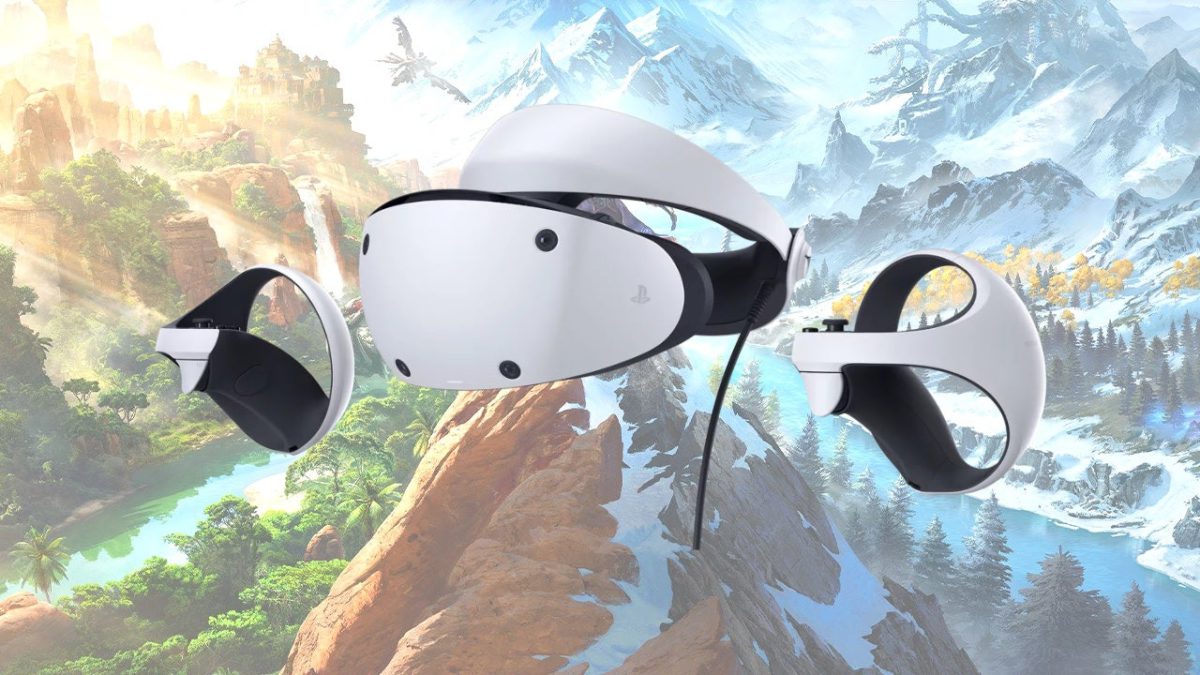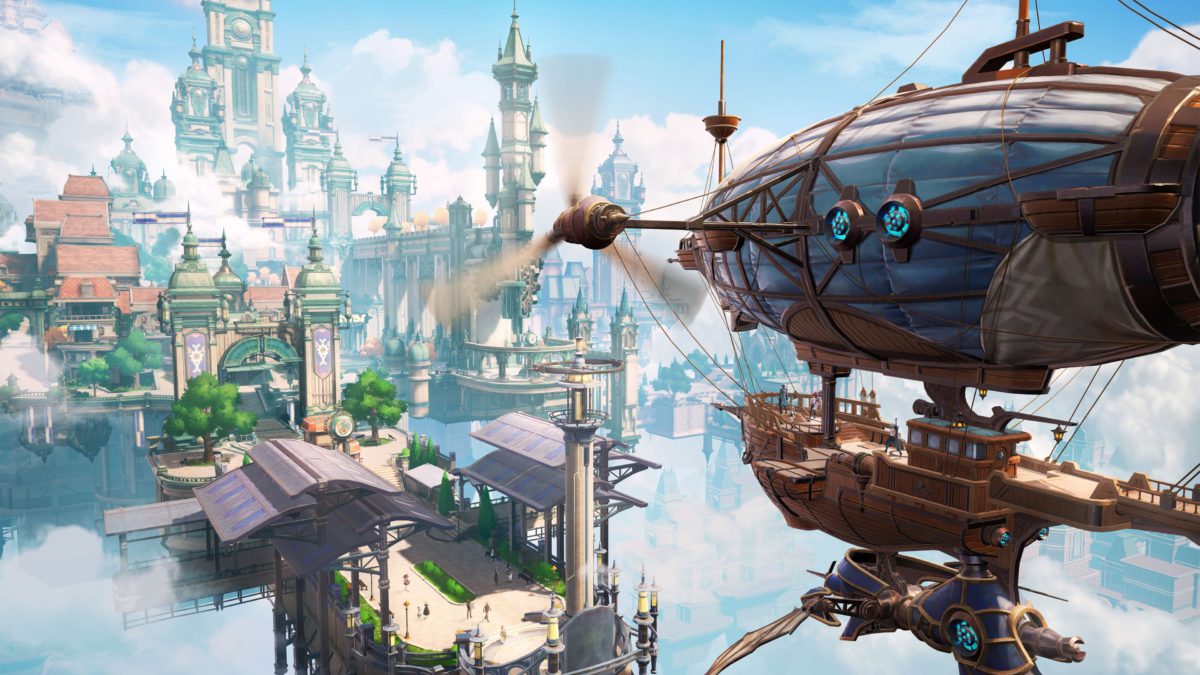
The final stop for our IGN First trip to FromSoftware was the sound room where Lead Composer Shoi Miyazawa crafts the wonderful soundtracks that fill The Lands Between and Limveld with notes of hope, melancholy, and strife. Here’s our interview touching upon what goes into creating a FromSoft soundtrack, what specifically were the notes from the director given with regards to Nightreign’s music, and Miyazawa’s own personal influences.
IGN: So I just wanted start off by asking you about how you fell into the world of composing music for video games. Are you a big fan?
Shoi Miyazawa – Lead Sound Designer on Elden Ring Nightreign:
I was a fan of the Armored Core games. So when Hoshino-san approached me about recruitment at FromSoftware, I was very interested. I’m a big fan of the Armored Core music. Also, I like some other titles from my childhood such as Ganbare Goemon and Secret of Mana. So I’m always putting research and trying to find inspiration from these titles as well. The Castlevania series, as well, was a big musical inspiration.
Along those same lines, do you have any favorite composers that have also maybe inspired your work? Not just video games, just in general.
I’ve always been a fan of King Crimson and Marilyn Manson. I like these kinds of different sorts of vibes within music.
Switching gears to Elden Ring and Nightreign, what’s the process for composing for something like Elden Ring? Are you given concept art for a boss or a location and then use that inspiration for the sound? Or are you given specific notes of the feel or mood that the director is looking for?
There are several approaches we can take such as that you mentioned. Sometimes the director will give a quick description of the mood or the location he wants. Sometimes it’s from the existing concept art of the game. And sometimes it’s a simple text-based order such as a description of a boss’s backstory or the arena that they fight in or something like this.
Has working on the soundtrack for Nightreign been any different from the experience of working on the soundtrack for the main base game?
Of course it is an Elden Ring spin-off, so we wanted it to transfer or carry over certain elements from Elden Ring and the sort vibes it gives off. I had many direct talks with the director himself discussing the aspects of Elden Ring and how we should approach Nightreign. And I think while he wanted this to be quite distinct from the Souls titles, he also wanted it to be catchy in its own way as well. So this sort of catchiness and offering something that was distinct from Elden Ring was quite important in our work.
Can you describe maybe some of the notes that you might have been given from the director with regards to the sound and tone of this soundtrack? Were there any recurring themes that you wanted to hit?
Yeah. So seeing as night was an important theme of Nightreign, we wanted this feeling of being out of place, this feeling of loneliness, this sense that comes with the darkness or the sort of loneliness of nighttime. These were elements that we wanted to incorporate into the music.
Among the many projects that you’ve worked on so far at FromSoftware, which has been your favorite, and which has been the most challenging as well?
Of course I have lots of fond memories of working on titles at From and it’s really hard to lock in on a particular title. But there are a couple that have stuck with me, a couple of pieces in particular. One of them being when we composed Consort Radahn for Elden Ring. What I like to do is I actually like to compose in a sort of dark room, in a dimly lit room. So I had this feeling while I was composing that track of there always being somebody there in the shadows and looking over my shoulder. So this kind of came through in the piece for Consort Radahn.
Another one would be the track Takes Me Anywhere from disc three of the bonus soundtrack from Armored Core VI. I know this is a bit different from the fantasy music that we’ve made with our games, but for me, as I said, Armored Core was a series I was particularly fond of. And as I entered the company, From just happened to kind of put that series on hiatus for a little bit. So I had something, had some ideas going there, but AC IV was a long-awaited game. It was a long time coming. And Takes Me Anywhere was one of the original tracks we produced for that bonus all-encompassing disc set. So it was something that brought back memory of those days and it was a track, it was a piece that I actually had in my mind since coming to From and since I started working a little bit on those titles but didn’t quite get to fully develop into those games. So it reminds me a lot of those days and everything we went through with Armored Core. And so hopefully people will give that a listen as well.
There are several composers that are credited with working on Elden Ring. Can you talk a little bit about how collaborative of an effort it is to compose music on games like Elden Ring and Nightreign? Do you each work completely separately or do you work closely together despite being responsible for different pieces?
Generally when we compose music at From, it’s one composer to one track. That’s the general approach we take. But of course we can get advice and sort of exchange ideas with the other members of the sound team. But ultimately on the credits, you’ll see the person credited to that track is the one who took it through to completion. But Nightreign was a little bit of an exception here. So we have multiple composers working on a single track in some instances.
One of the bosses that we got to check out today as part of our visit was Libra: Creature of Night. And I was wondering if you had any kind of insights or stories as to what went into the creation of that track.
Actually with Libra, it was one of the rare cases where a particular musical direction or ideas was given within the character brief. So that was one that stood out to me. We had these themes of trying to bring something as the appearance and as the boss fight itself suggests, some themes of an exotic nature or these impressions of madness or like a demonic nature to the boss. And again, introducing this duality that you find both before and during the boss fight, considering elements of victory and defeat, that trade-off, that risk and reward. We try to create a harsh contrast with a lot of our bosses, but in particular we wanted to take it to extremes for Libra.
The contrast between day and night during boss fights is very striking, and it’s apparent in the music as well. Could you tell us a little bit about how you approached composing these pieces?
So of course we have this day and night cycle and this three day structure to Nightreign. So as we mentioned earlier, we wanted the player to feel like there’s this imposing sense of danger. Enemies and bosses are getting stronger as the night approaches. We wanted this feeling of being more and more out of place, more and more out of your depth. These are things that we try to, feelings we try to convey through the music of Nightreign.
Is there any particular song or anything that you’re really excited players to experience for the first time when they play that you worked on?
So one thing that compares to the music we did for Elden Ring and the DLC was really focusing on the individuality of each of these boss fights that players are going to be encountering numerous times. So we wanted to really push the limits of the music as well for each of these fights. And sometimes it was a case of can we really push it this far? And I think in the end we did end up really expanding those limits and really pushing the boundaries of the music at From in our fantasy titles. So that’s one area that I hope players look forward to.
Going back to your own personal tastes, do you have a favorite musical instrument or something that you like to incorporate into your compositions?
It’s not an instrument, but actually when I first started dabbling in music, it was with a personal computer and it was with DTM software. So that was my first real contact with making music and especially professionally. So as a creator, software like this allows me to really concentrate on the finer elements and really fine tune these pieces down to every last note and pitch. So I think this is something that I’d like the player to understand or hopefully notice when they listen to these pieces. Because I really do get way too into it, probably too much that is healthy for work.
One of the things that I’ve been asking everyone that I’ve been talking to at FromSoftware has been what your favorite game is. We know we talked a little bit about video games from the music side, but do you have any games that really stand out as just your favorite game of all time?
One of the games I remember fondly is Myst. Adventure games like this, they usually have this quite, maybe only some readers or viewers will remember, but these kind of pre-rendered scenes that kind of transition one from the other. But you’re going through the world and you’re solving the puzzles on this adventure. This really stuck with me as a player. So yes, I think Myst would be a good example.
Mitchell Saltzman is an editorial producer at IGN. You can find him on twitter @JurassicRabbit




